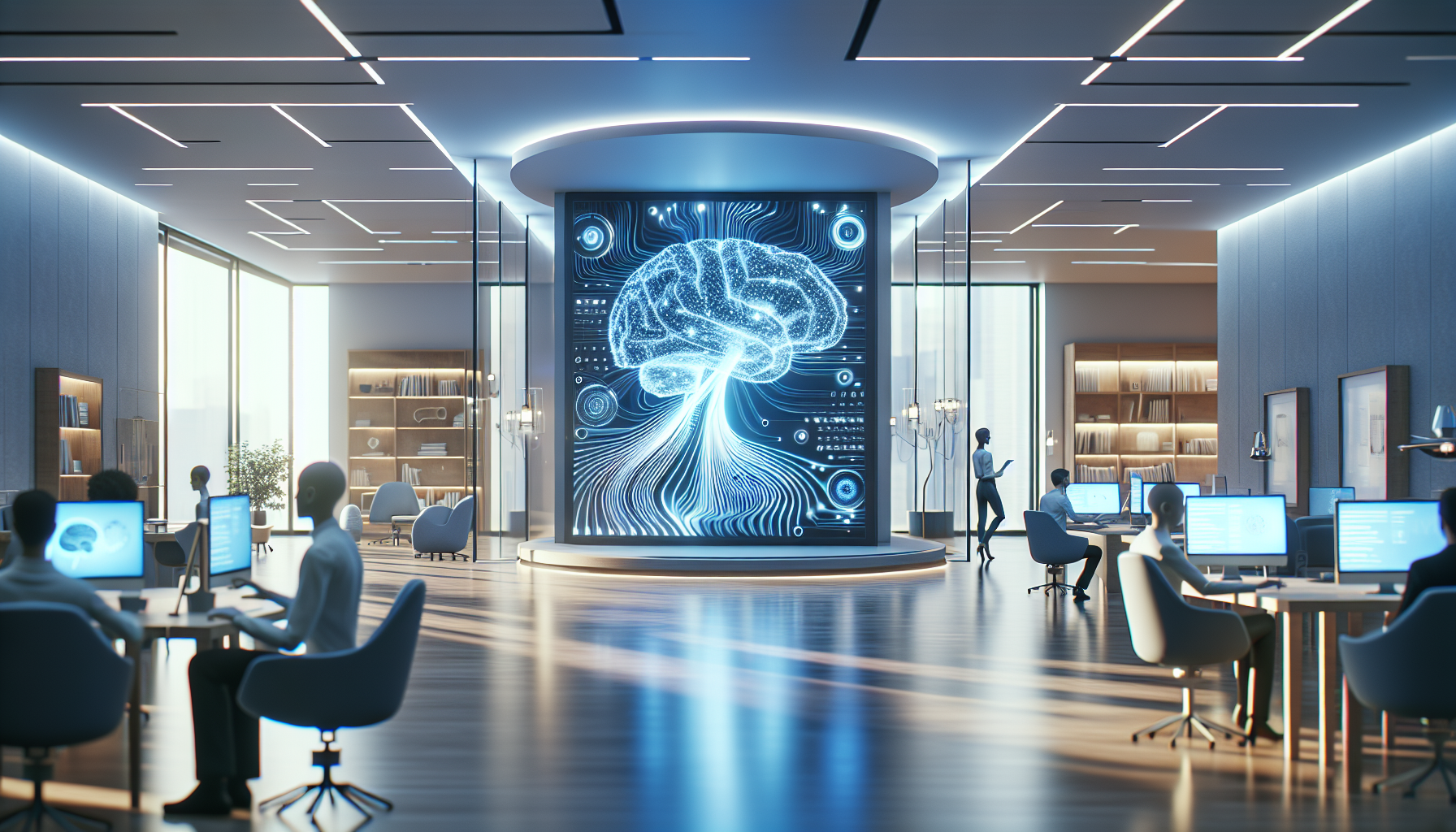
AI and Art: How Machines Shape Tomorrow's Creative Canvas
February 17, 2025
Artificial Intelligence is not just a tool; it is poised to become a collaborator and even a co-creator in the artistic process. Imagine a world where artists and machines converse in the language of creativity, where algorithms and neural networks are not only creating but also inspiring new forms of art. This partnership between human ingenuity and artificial intelligence is setting the stage for a profound transformation in how we conceive and create art.
The potential for AI to influence art extends far beyond mere automation. While AI can efficiently handle repetitive tasks, its true impact lies in its ability to analyze vast amounts of data and generate novel ideas that might elude human artists. By examining patterns across cultures, styles, and historical periods, AI can inspire creatives to explore uncharted territories. This synergy between human and machine is not simply a futuristic fantasy; it is an emerging reality that promises to redefine artistic expression.
Consider the realm of visual arts, where AI is already making significant strides. Algorithms like generative adversarial networks (GANs) can create images that are strikingly original, blurring the lines between human and machine-generated art. These AI-generated pieces challenge traditional notions of authorship and creativity, prompting us to reconsider what it means to be an artist. The beauty of this evolution is that it does not diminish the role of the human artist. Instead, it expands the canvas, offering new tools and perspectives that can enhance human creativity.
In literature, AI's influence is equally transformative. Natural language processing and machine learning algorithms can analyze countless texts, identifying themes, styles, and structures that can inspire novel narratives. AI can even generate entire stories, weaving complex plots and characters in ways that surprise and intrigue readers. This collaboration can lead to a renaissance of storytelling, where human writers are not replaced but rather augmented by their machine counterparts, leading to richer and more diverse literary landscapes.
Music, too, is being reshaped by AI. Composers now have access to AI tools that can suggest harmonies, rhythms, and even entire compositions based on the analysis of existing music. This capability allows musicians to experiment with new sounds and styles, pushing the boundaries of what is sonically possible. The future of music may very well be a fusion of human intuition and machine precision, resulting in compositions that resonate on a deeper, more complex level.
Skeptics might argue that AI's involvement in art could lead to a homogenization of creative output, with algorithms producing formulaic and predictable work. Yet, this perspective underestimates the potential of AI to foster innovation. AI does not operate in a vacuum; it learns from human input and adapts to new contexts. It can surprise even its creators with unexpected outcomes, leading to breakthroughs that would be difficult to achieve through traditional means alone.
The ethical implications of AI in art are also worth considering. As machines become more involved in creative processes, questions of ownership and intellectual property arise. Who owns an artwork created by an AI? Is it the programmer, the machine, or the person who provided the input? These questions challenge existing legal and cultural frameworks, urging us to rethink how we value and protect artistic endeavors.
As we look to the future, the integration of AI into art and creativity presents an exciting opportunity to redefine the boundaries of what is possible. This is not a story of machines taking over, but of a vibrant partnership that enhances human potential. AI offers artists a new lens through which to view the world, one that is informed by data but driven by human emotion and experience.
The question we must ask ourselves is not whether AI will influence art, but how we will choose to embrace this influence. Will we see AI as a threat to traditional art forms, or as an opportunity to expand our creative horizons? As AI continues to evolve, it invites us to explore these possibilities and to imagine a future where art is not just created, but co-created, by humans and machines alike. How we navigate this journey will shape the cultural landscape of tomorrow, inviting us to ponder the true essence of creativity and what it means to be an artist in the age of artificial intelligence.


